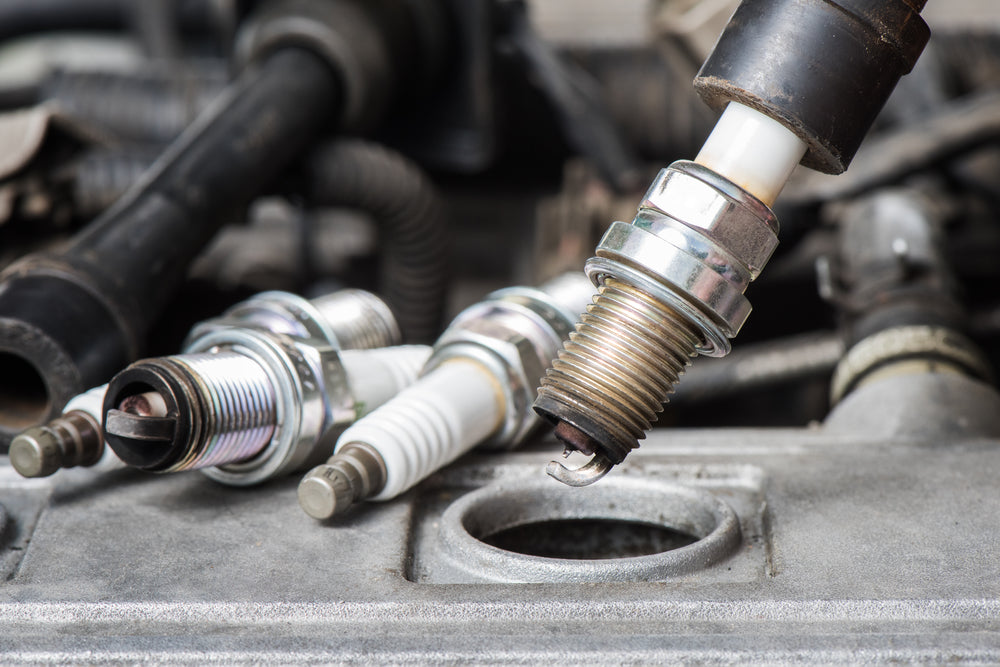
How To Change Spark Plugs In A Car?
Share
About Spark Plugs.
A spark plug is a gear in the ignition system of a car, which is responsible for generating a spark inside the combustion chamber of a cylinder, which ignites the mixture of air and fuel in order to start the vehicle.

About Changing a Spark Plugs.
If you lack power when starting, consume a lot of gas or the car does not start at all well, it is very possible that it is because of the spark plugs. They wear out over time, due to the constant ignition they have every time you drive, having on average a useful life around 30,000 miles or 48,000 kilometers traveled.
With the passing of time, this maintenance becomes more difficult in new cars, as accessibility decreases, which becomes the only major problem of this maintenance. However, as mentioned, that was the only problem, because changing spark plugs in a car is extremely simple, and here we will explain how.
As an initial recommendation is to consult the owner's manual, to verify what type of spark plug your car uses, and also to know other details such as the location of the same in the engine.
Tools Required:
- Torque wrench for spark plugs
- Goggles
- Gloves
- Air compressor
Materials Required:
Spark Plugs.
Steps For Changing A Spark Plug:
- Beware of the engine: before you want to think about getting down to work, you should turn off your vehicle and let it cool down, because you will be working with the engine, so it must be extremely hot if I use it recently.
- Start removing spark plugs: you must first remove the spark plug and, when doing so, try to hold it as close as possible to the bottom, and then gently remove it. Now you'll be able to access the spark plug, so you'll need to place the ratchet tube wrench with the extension bar to be able to remove the spark plug from inside the engine. It is advisable to remove and change each spark plug one by one, to avoid confusion.
- Check that the plugs are worn: Check if the plugs are not bent, broken, burned, or if they have any buildup. If so, you may not only need to change the plugs, but also take your vehicle to the mechanic for a possible mechanical engine problem.
- Check the status of the cables: Be sure to check the status of the cables, in case they need to be changed. In turn, clean around the cable terminals, for this, use compressed air.
- Lubricate the new spark plugs: it is highly recommended to apply a little anti-grip lubricant on the threads of the spark plugs. Doing this avoids a reaction between different metals. You can use a small amount of dielectric silicone compound inside the spark plug cable cover to facilitate the removal of plugs in the future.
- Place the new spark plugs: Use the same key with which I remove the old spark plugs to put the new spark plugs. Be careful when you are going to tighten the spark plugs, as it can damage the thread of the engine head, so do not tighten too much. Then don't forget to put back the plugs, from which you will have to push a little harder to fit them.

Latest Recommendations.
It is advisable to clean the entire area with compressed air when a spark plug change is made in the car. The reason is that if dirt falls inside a cylinder, the damage is very damaging.
It's not a good idea to change all spark plugs at once, since they have a specific ignition order, so if you cross a cable with the wrong spark plug, it will damage your engine. If you change them all at once anyway, you are advised to label and mark each cable, to avoid confusion.
That would be all in this change of spark plugs in your car.
